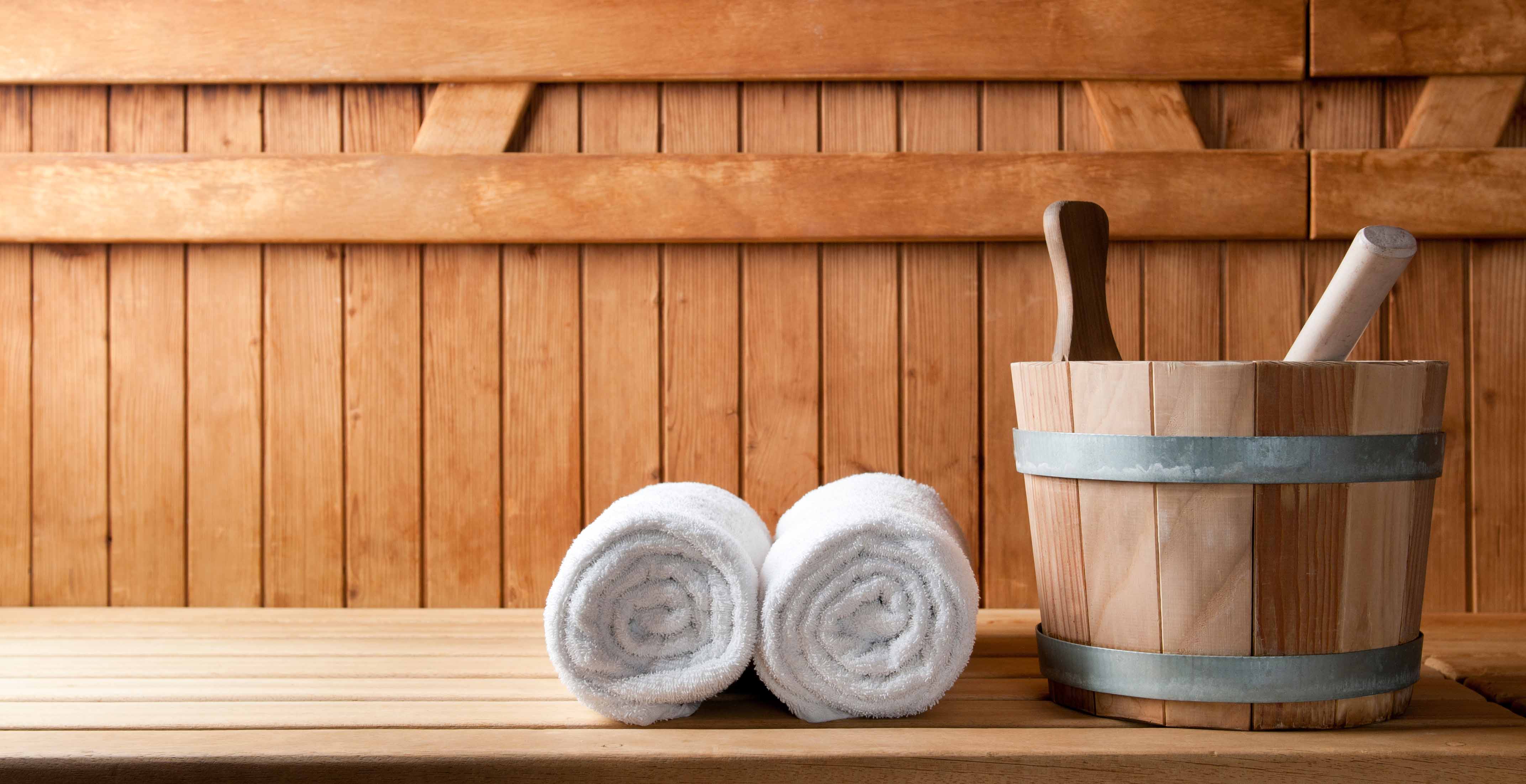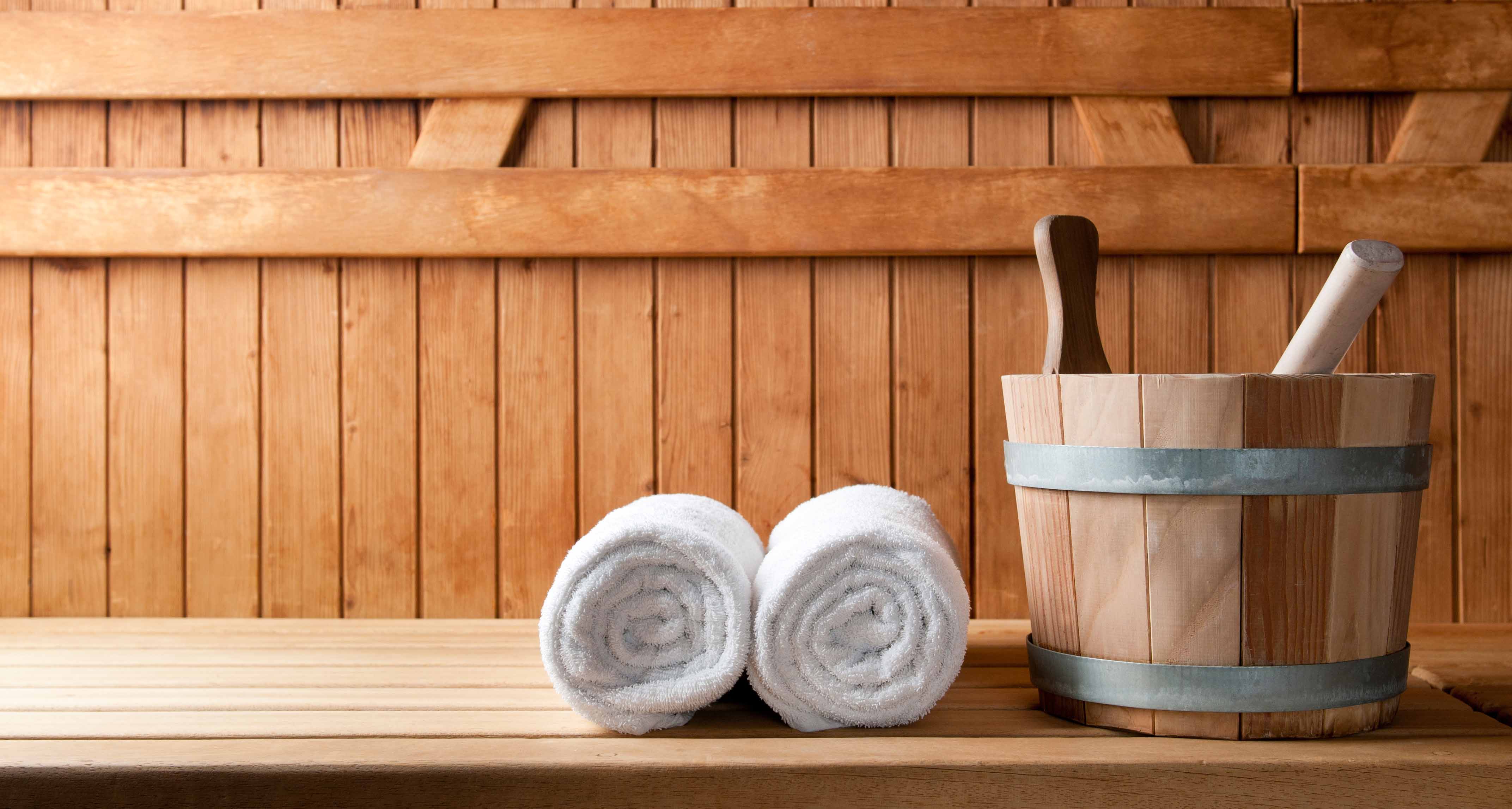To sauna or not to sauna


Thought to have originated in Finland (or thereabouts) a few thousand years ago, sauna is a steamy practice steeped in tradition. In Finland, it’s an intrinsic part of daily life and a sacred element of Finnish cultural identity.
So, what are the benefits of sauna? It depends on whom you ask.
“The biggest effect provided by a sauna is its tendency to temporarily calm and relax those who enter,” says Dr. David Greuner.
“When in a sauna, your blood flow increases. This can help reduce tension and relieve sore muscles, and it also may improve blood circulation,” he says. Additionally, “using a sauna can help relax and calm the mind and provide temporary pain relief for stiff joints and sore muscles.”
However, while sitting in a sauna is very relaxing, “there is little evidence that using one improves your overall health,” Greuner says, adding that it can have brief, mild effects on various parts of your body, but nothing that is necessarily significant or long-term.
“After using a sauna, many report feeling more alert, calm and invigorated,” he adds.
Clinical psychologist Dr. Kim Chronister often recommends sauna use to clients dealing with depression and anxiety.
“Just as a relaxed mind can relax the body, a relaxed body … can send a message to the mind to relax,” she says.
“Sauna is best used as a form of meditation.”
In particular, those who find it difficult to meditate may find the sauna helps, she says, “because it creates the ideal setting to sit, connect with your body, to be mindful of the moment, to create an awareness of your surroundings, to take deep breaths, and to completely de-stress.”
Dr. Alissia Zenhausern, a naturopathic physician, uses both traditional sauna and infrared sauna (no steam) with her clients.
“Both [types] have great health benefits but should always [be] done with caution,” she says.
“With our skin being our largest organ for elimination and detoxification, stimulating sweating through sauna therapy can be extremely beneficial, not only to the skin topically but to the body as a whole.”
Advice for first-timers
According to Harvard Health, with low humidity levels of 10 to 20 per cent, a sauna’s temperature ranges from about 32 degrees (at floor level) to about 85 degrees (at the top of the room). Sauna users’ internal body temperature will usually hover below 37.8 degrees.
Before giving it a go, do your research, says Greuner.
“If you have a heart condition, it is imperative that you check with your doctor before going into a sauna,” he says.
He also advises avoiding alcohol before or after entering a sauna, and limiting your time inside to 15 to 20 minutes, max. And remember to drink plenty of water afterward.
Do not use a sauna if you are pregnant, Zenhausern says, or if you have a fever. And if you are sensitive to heat, talk to your doctor first.
“Most importantly, listen to your body,” Greuner says. “If it doesn’t feel right, get out.”
